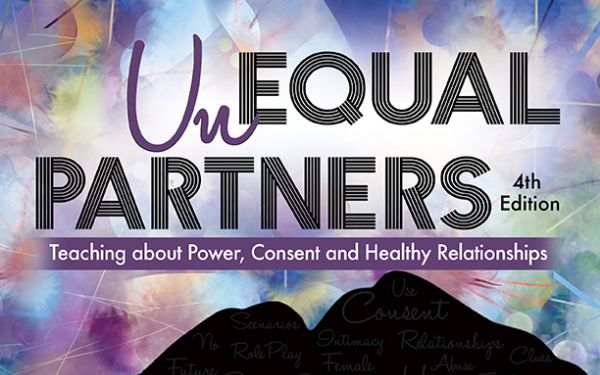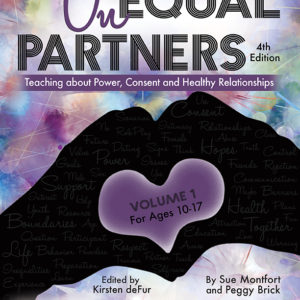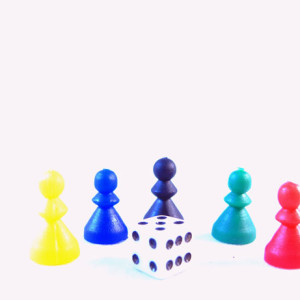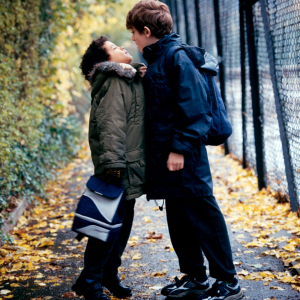
“Am I in a healthy relationship?” It’s a tougher question than you might think. Because oftentimes, when you’re in the thick of it, you can’t see the ways in which your partnership is unbalanced. You don’t notice the red flags. And if you do, they don’t necessarily scream out at you as loudly as they scream out to others.
We’re often more willing to make excuses for the ones we love, or to feel that the risk of losing them entirely is worse than the alternative. And when others point out to us the most problematic aspects of our relationships, we’re often not ready to see them.
That’s not a judgment on those who end up in unhealthy relationships. It’s just the way things are. And it can happen to any one of us.
Teaching youth to become more mindful and aware of the possibly problematic dynamics in their relationships is a fantastic means of early intervention. Which is why this next lesson from Unequal Partners is so important.
CHECK IT OUT!
Assessing a Personal Relationship
By Sue Montfort, MAT, CHES and Peggy Brick, MEd, CSE
Objectives
By the end of this lesson, participants will be able to:
- Identify conditions that describe a healthy sexual relationship.
- Evaluate their own, or a friend’s or relative’s, current or past sexual relationship.
- Describe a model for addressing problems in a relationship.
Audience
Middle adolescents (ages 14-17)
Rationale
Individuals’ concepts of ideal sexual relationships are varied and mirror our nation’s range of cultural, ethical, and religious beliefs about these relationships. Sociologist Ira Reiss advocates a new sexual ethic of honest, equal and responsible relationships, an ethic that reflects the basic values inherent in our pluralistic, democratic society. In this lesson, participants discuss the qualities they value in relationships and consider how to assess a relationship. They also learn a process for communicating their feelings and needs to a partner.
The exercises throughout this lesson enable students to distinguish between a good relationship, a relationship that is in trouble, and a relationship in which one might want to head for the exit. It includes a relationship assessment tool, with scenarios that can help clarify what healthy and unhealthy relationships really look like. Finally, it gives students the opportunity to practice “I feel…” statements, which can give them greater comfort and confidence in initiating conversations with a partner when they’re feeling unhappy or upset.
While lessons like this may not prevent someone stumbling into an unhealthy relationship, it an hopefully enable students to more quickly realize they’re in one, and to ably extricate themselves from the situation.




